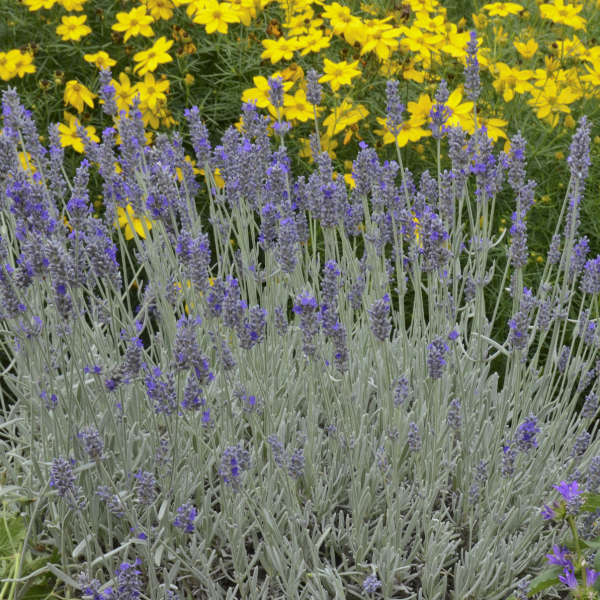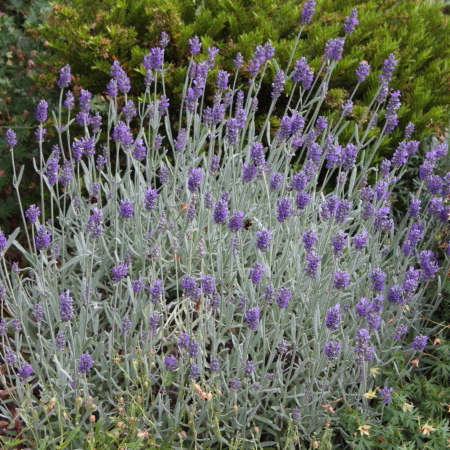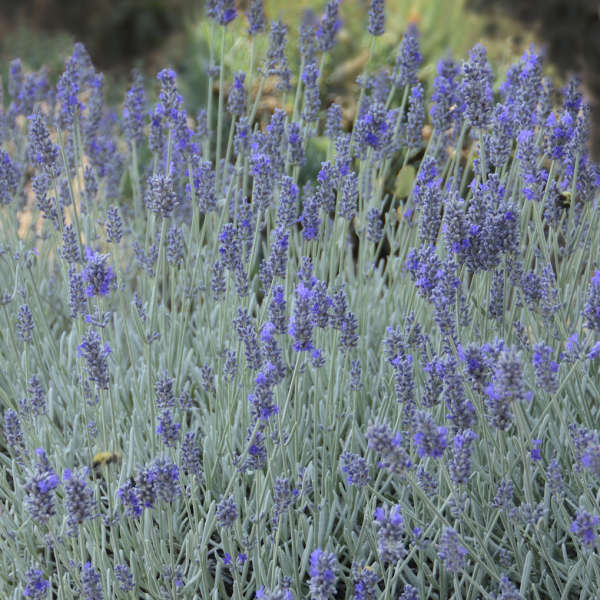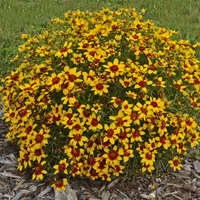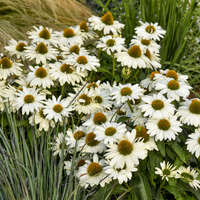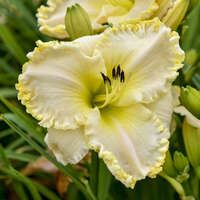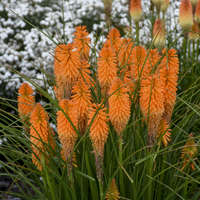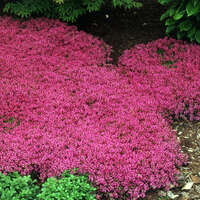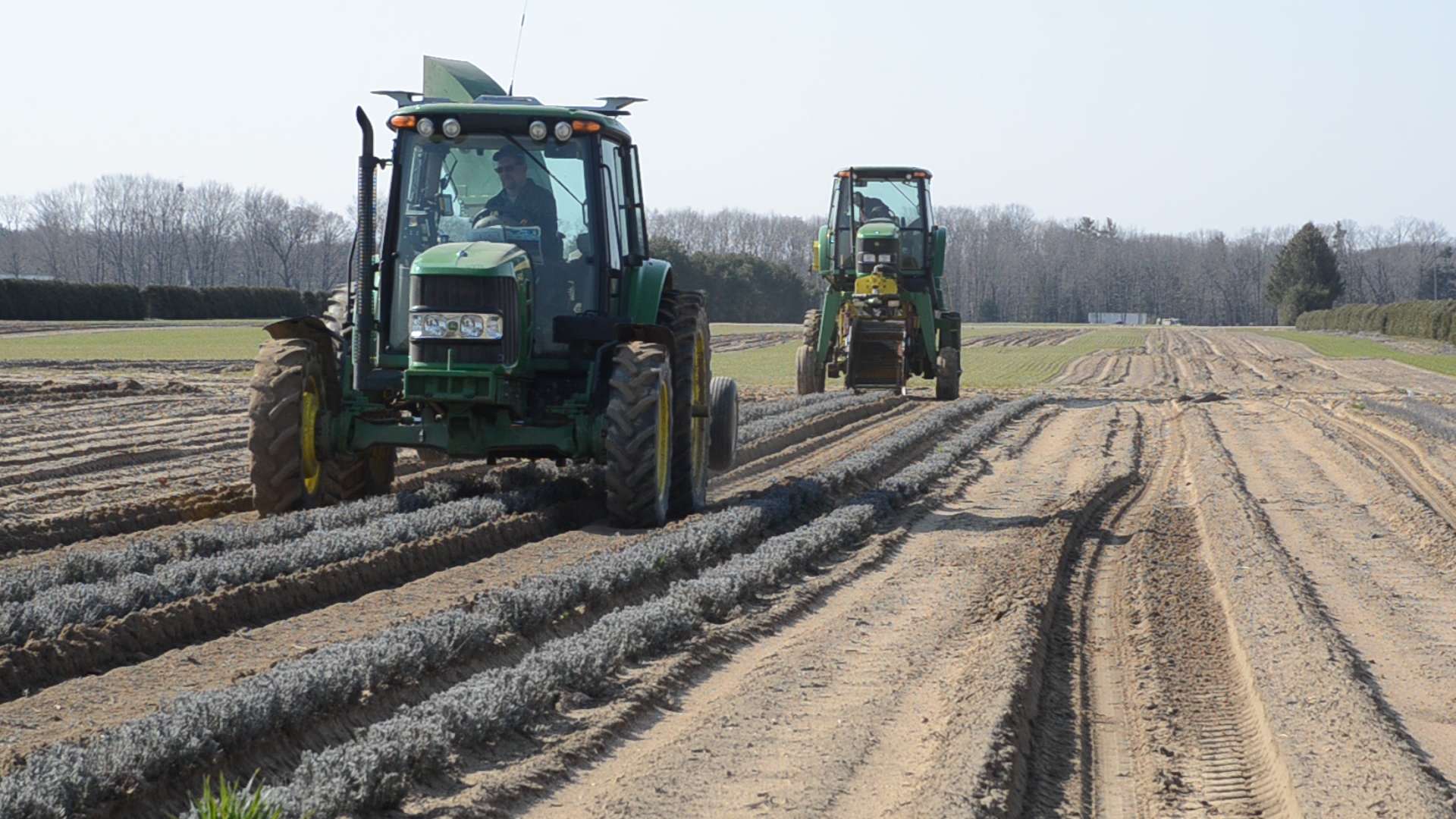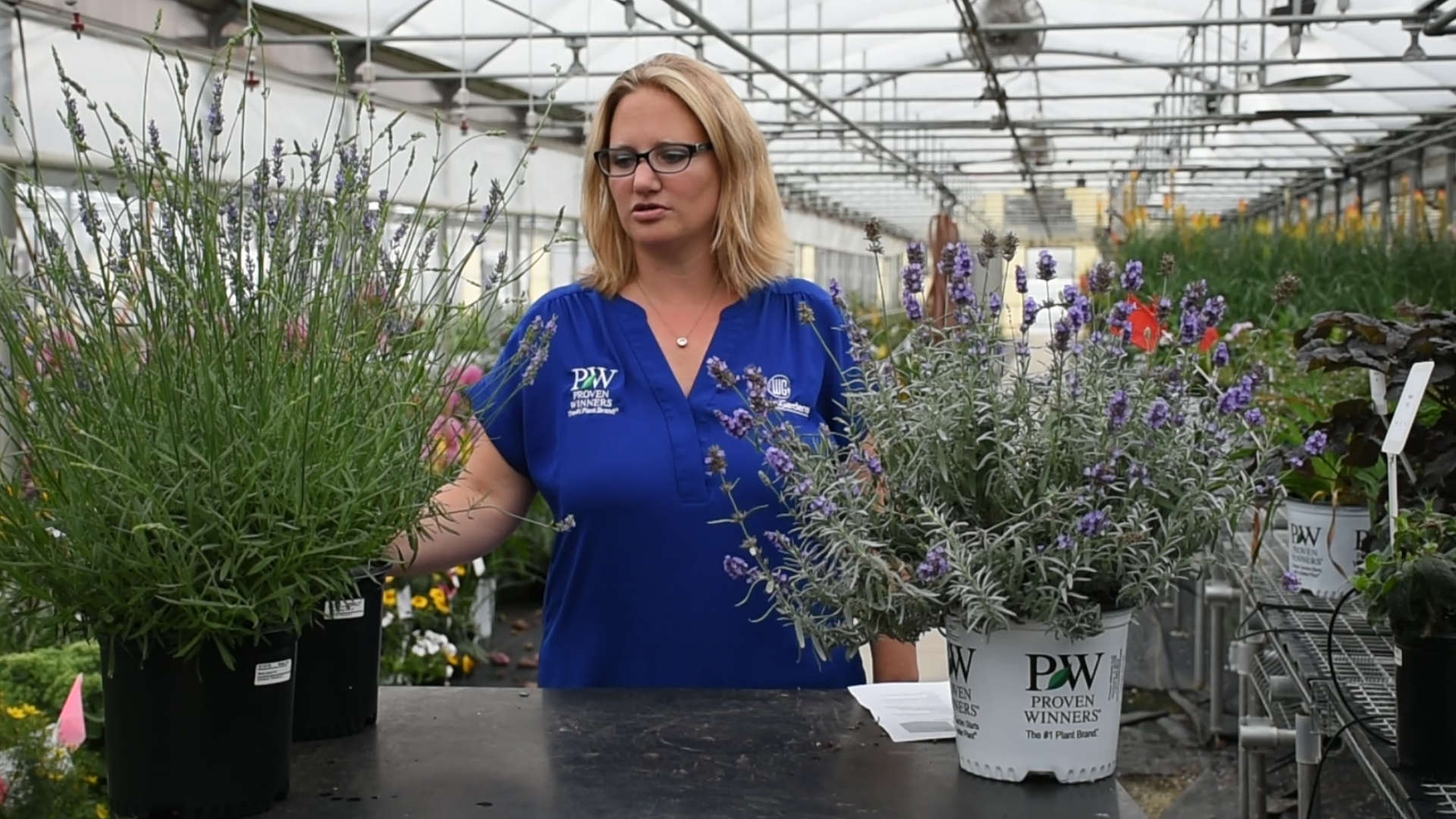Lavandula angustifolia 'Silver Mist'
Common Name: English Lavender
Touted as the most silver of any lavender, ‘Silver Mist’ has a ghostly, almost whitish appearance from a distance. It forms a bushy, very well-branched, uniform clump of fragrant, glaucous silver foliage.
Beginning in midsummer, a week or two later than other lavenders, it produces perfectly contrasting lavender purple flowers which last for many weeks. This selection blooms in year two after it has been vernalized and it becomes more floriferous as the years go on.
Lavender has been grown for centuries for its intensely fragrant flowers and beautiful appearance. It is a staple item of every sunny garden, and its dried flowers are widely used in potpourris and arrangements.
